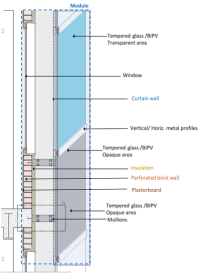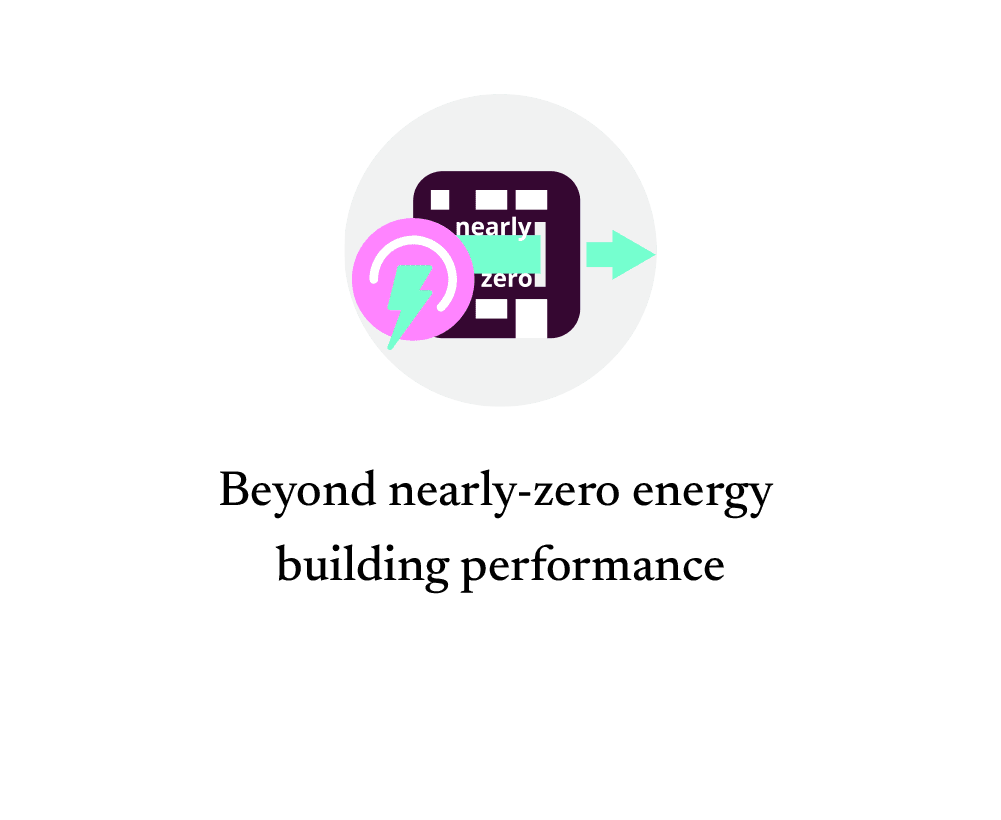ChatGPT said:
Deep energy renovation of cultural heritage protected office buildings, as demonstrated by the GESA building project in Palma de Mallorca, is a comprehensive approach that significantly improves energy performance and sustainability while preserving the building’s historical and architectural value. It combines passive and active strategies—such as prefabricated ventilated façades with Building Integrated Photovoltaics (BIPV) and high-efficiency HVAC systems like ground-source heat pumps—with an integrated energy design process that respects heritage constraints. Key to this approach are tools like Life Cycle Assessment (LCA) and Life Cycle Costing (LCC), which guide decisions by evaluating environmental impact, embodied carbon, and long-term operational efficiency. The result is a low-carbon, energy-efficient building that meets modern indoor environmental quality standards and is ready for renewed occupancy, all while maintaining its cultural value and identity.











